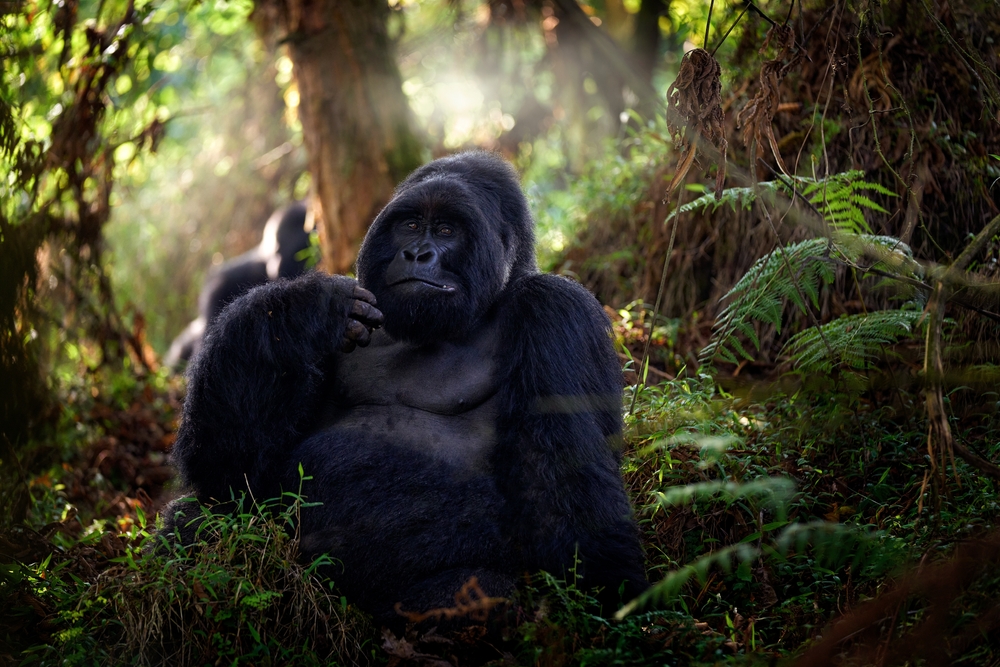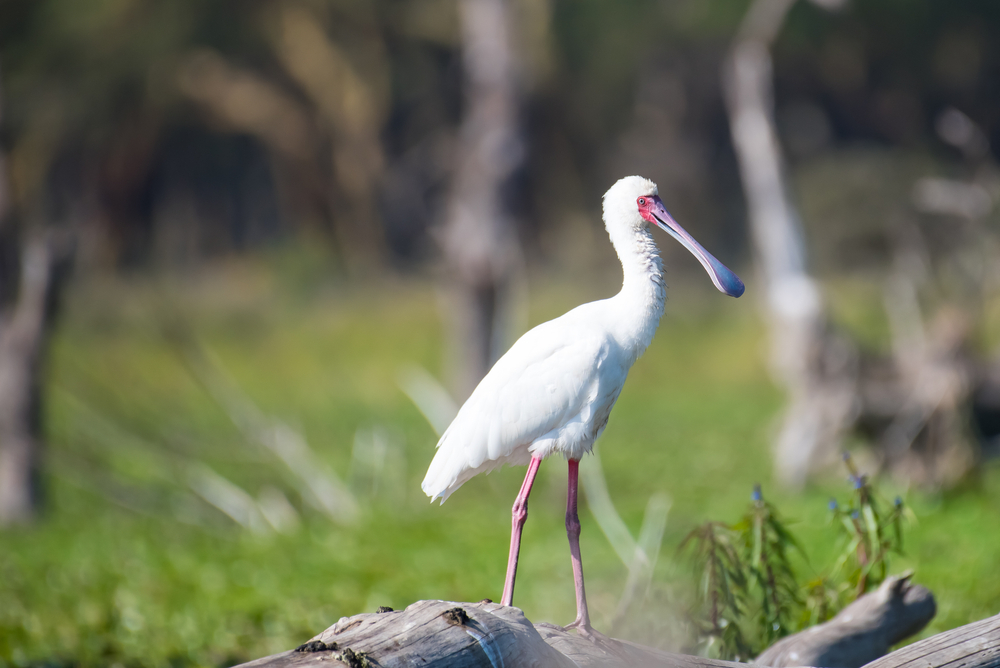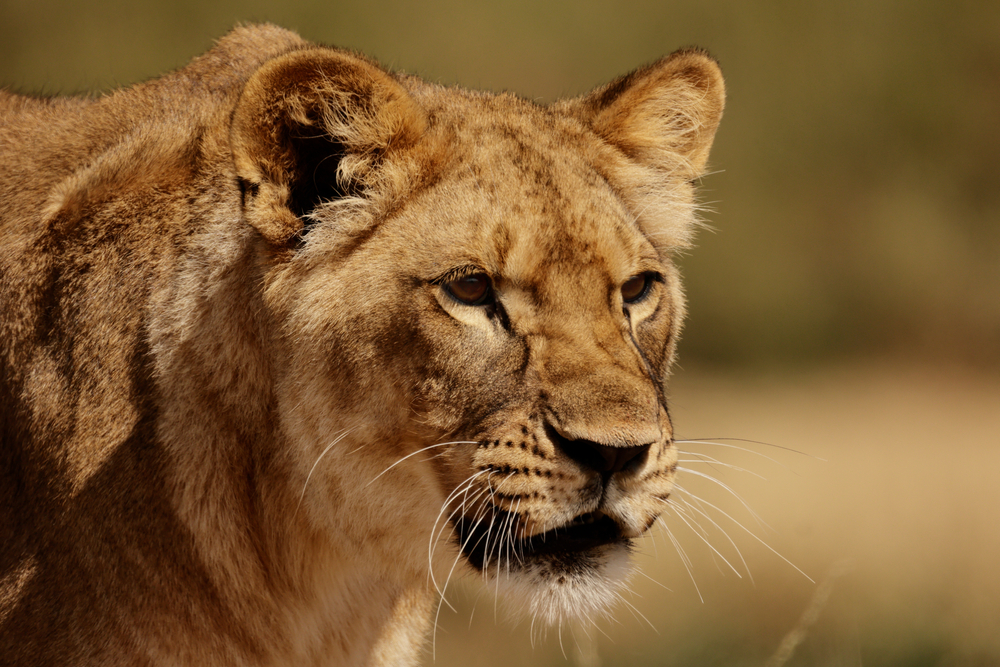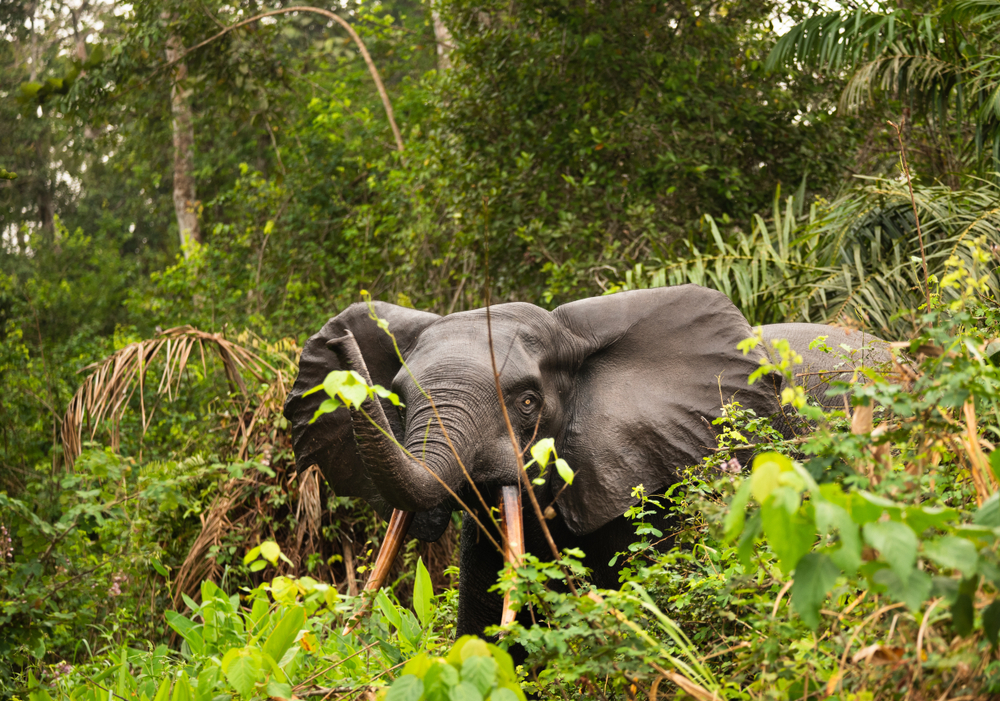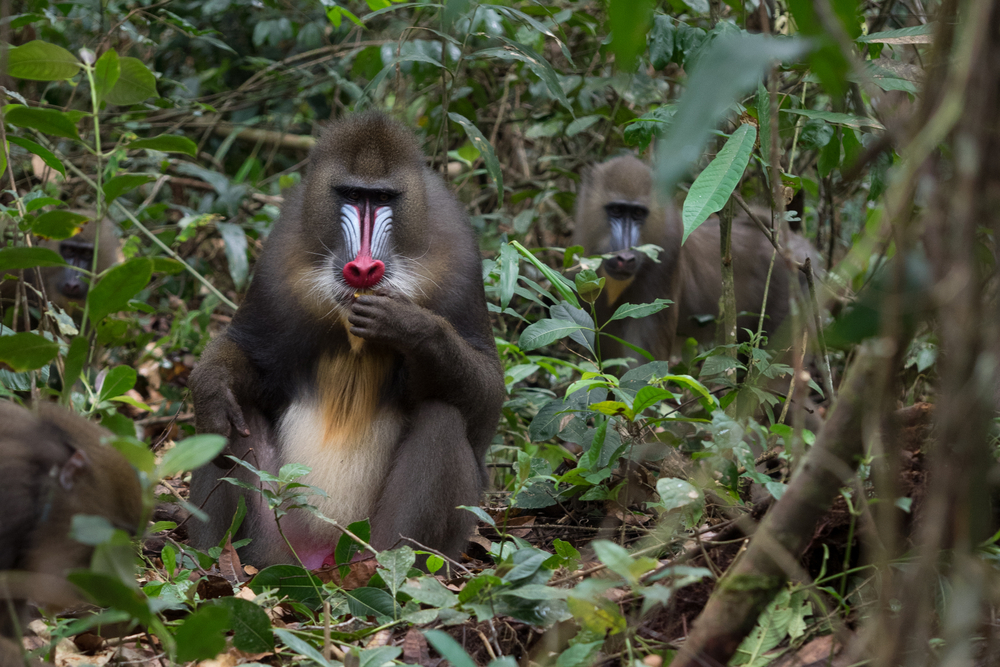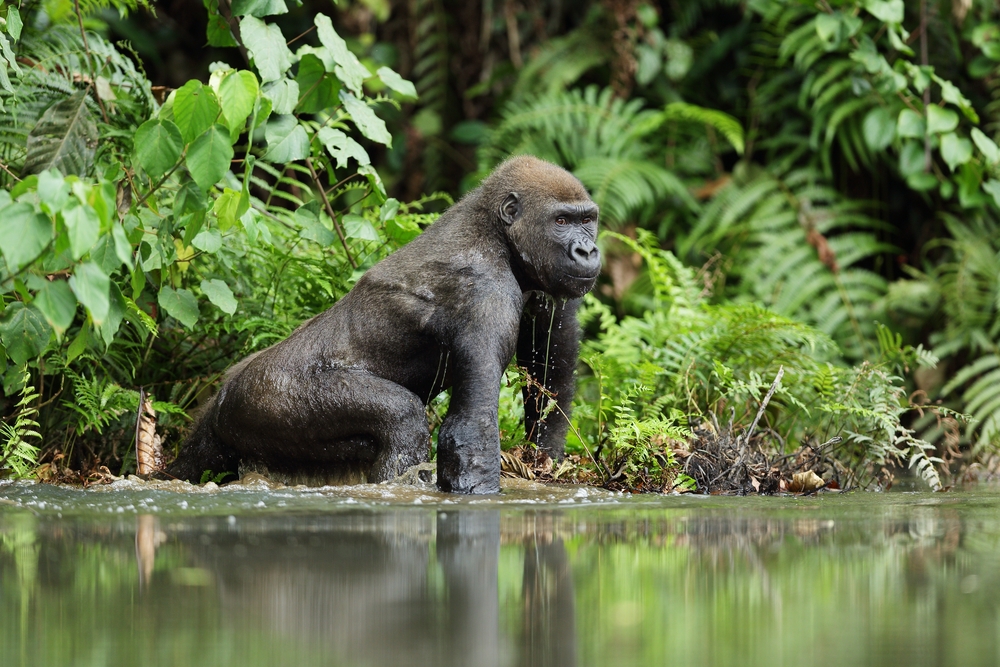Ivindo Overview
Ivindo National Park, locally known as “Parc National de l’Ivindo”, is one of Gabon’s most iconic protected areas, located in the northeastern region of the country. Spanning approximately 3,000 square kilometers (1,158 square miles), the park is celebrated for its rich biodiversity, pristine rainforests, and stunning waterfalls. Recognized as a UNESCO World Heritage Site, Ivindo is a global biodiversity hotspot and a cornerstone of Gabon’s conservation efforts.
The terrain of Ivindo National Park is dominated by dense tropical rainforest interspersed with rivers, wetlands, and striking waterfalls. The Ivindo River runs through the park, creating dramatic features such as the famous Kongou and Mingouli Falls, which are often referred to as some of the most beautiful in Central Africa. The forest canopy, towering over a rich undergrowth, supports an extraordinary range of flora and fauna, much of which is endemic to the region.
Ivindo is home to an incredible array of wildlife, making it a must-visit destination for nature enthusiasts and researchers. Western lowland gorillas, forest elephants, and chimpanzees roam the park’s dense forests, while the rivers are inhabited by aquatic species such as crocodiles and otters. The park is a paradise for birdwatchers, hosting species like the grey-necked rockfowl, African grey parrots, and a variety of hornbills. Ivindo’s biodiversity also extends to insects, amphibians, and plants, many of which remain under scientific study due to their rarity and ecological importance.
Visitors to Ivindo National Park can immerse themselves in its natural beauty through eco-tourism activities. Guided treks through the rainforest offer opportunities to spot wildlife and learn about the park’s ecosystems. The waterfalls are major attractions, with visitors able to explore their surroundings by boat or on foot. The park also offers opportunities for birdwatching, photography, and scientific research, making it a diverse destination for exploration.
Despite its ecological significance, Ivindo National Park faces challenges from illegal logging, poaching, and habitat encroachment. Limited resources for park management and the remote nature of the park make enforcement difficult. However, Gabon’s government, supported by international conservation organizations, has implemented measures to protect Ivindo’s unique biodiversity. Anti-poaching patrols, community outreach programs, and scientific research initiatives have played critical roles in safeguarding the park. Collaborative efforts with local communities aim to balance conservation with sustainable development, ensuring the park remains a source of ecological and economic benefits.
Ivindo National Park stands as a testament to the natural beauty and biodiversity of Gabon’s rainforests. Its pristine landscapes, rare wildlife, and ecological importance make it one of the country’s most treasured national parks. By continuing to address conservation challenges and promoting sustainable tourism, Ivindo can remain a sanctuary for wildlife and a beacon of global biodiversity.








































































